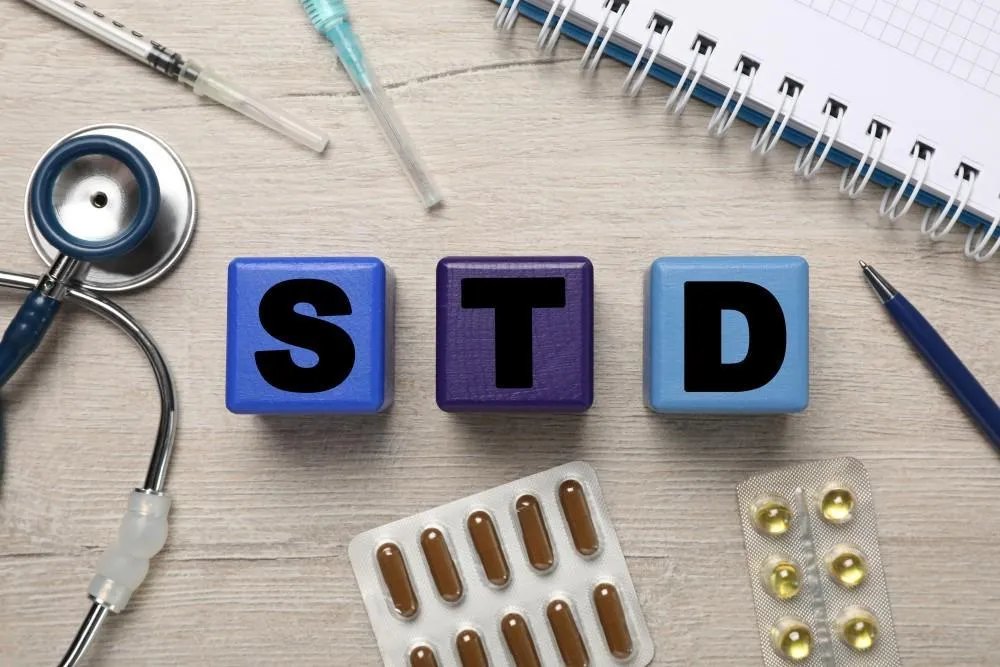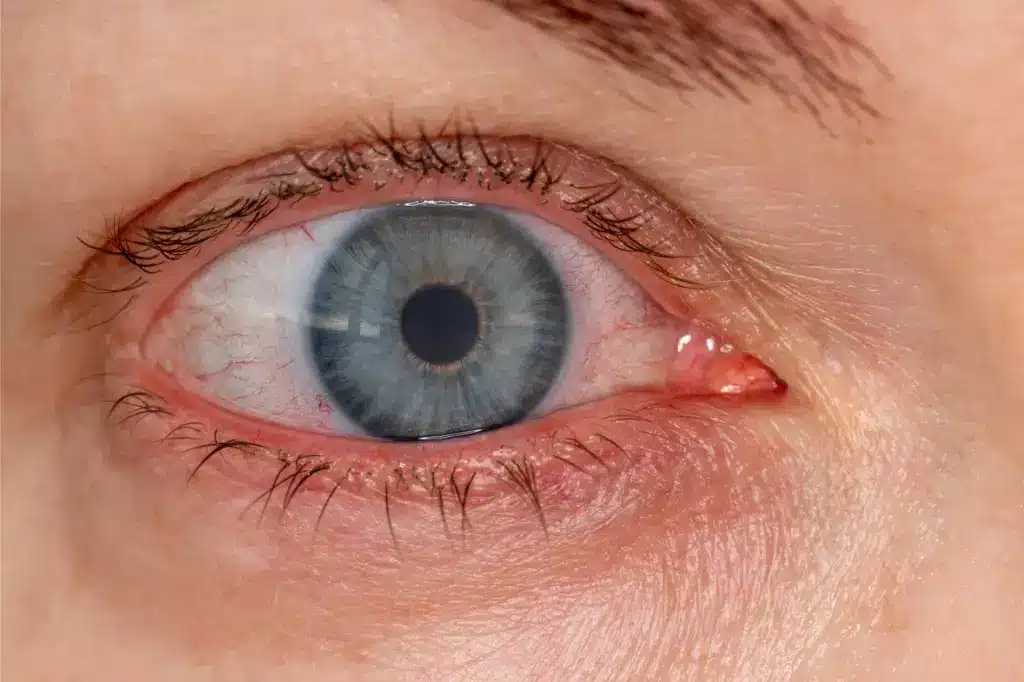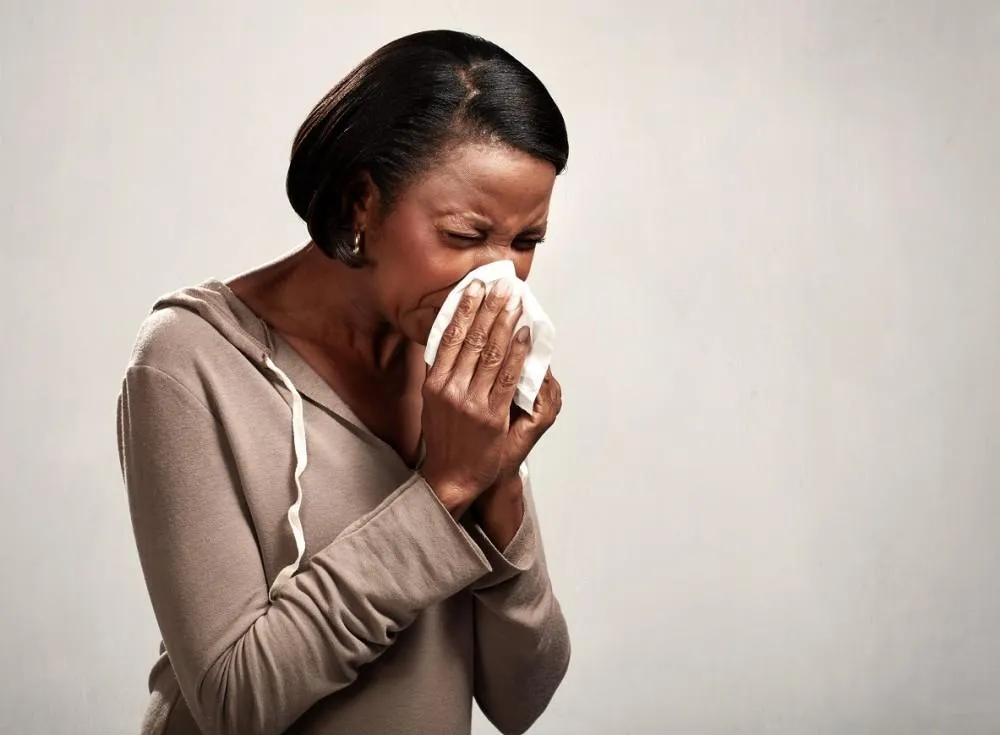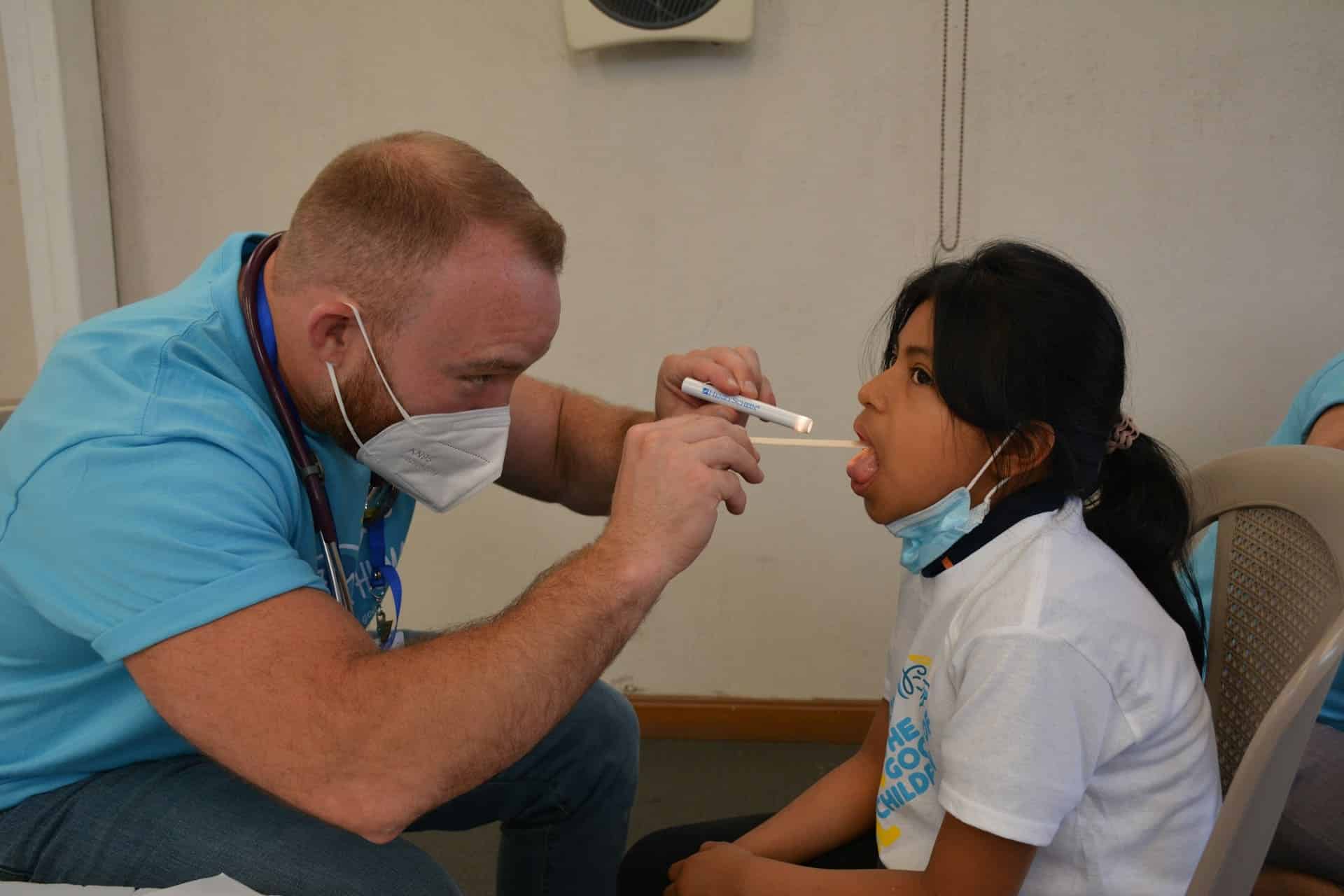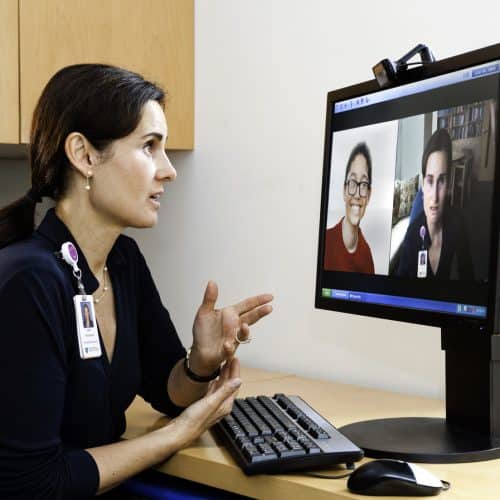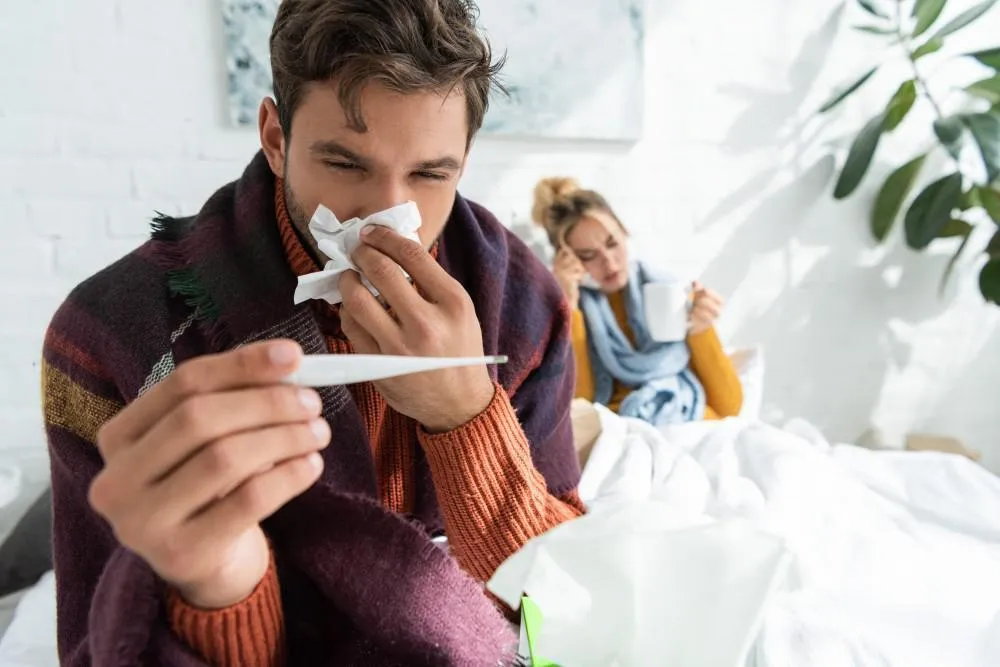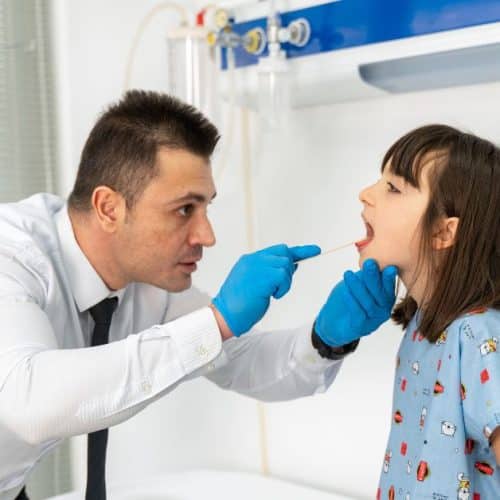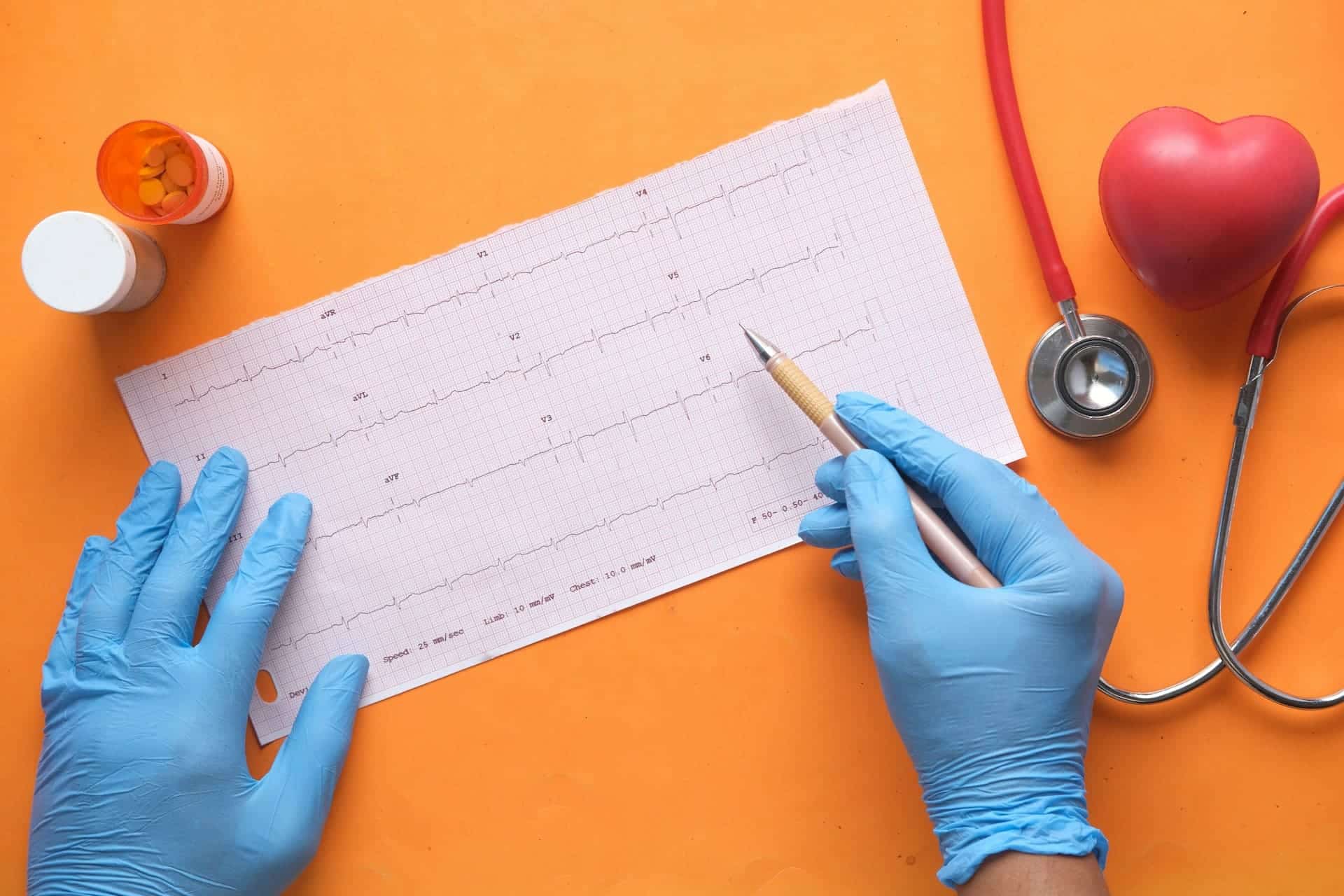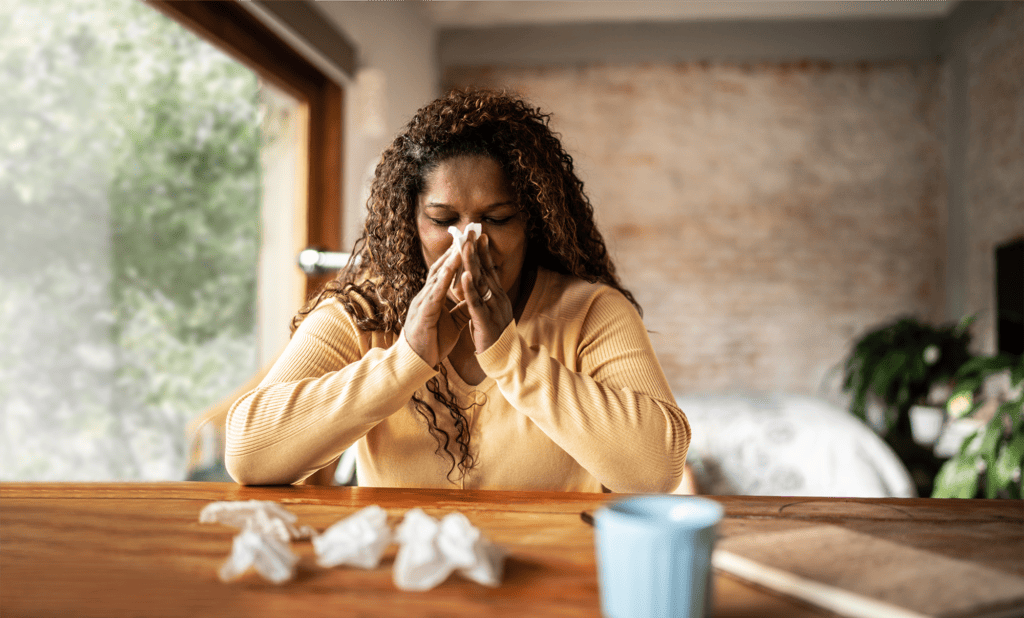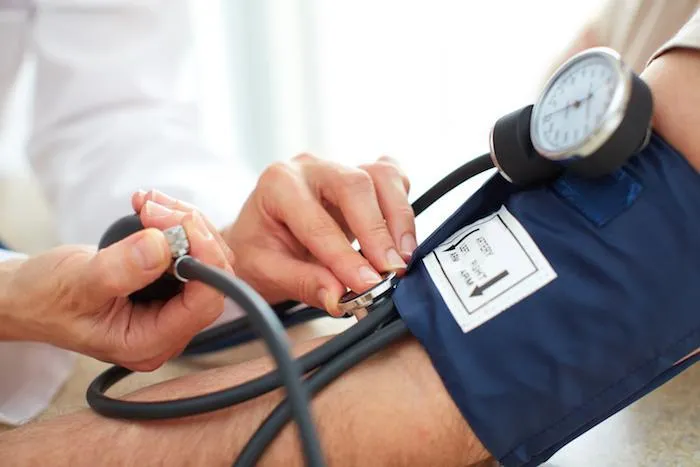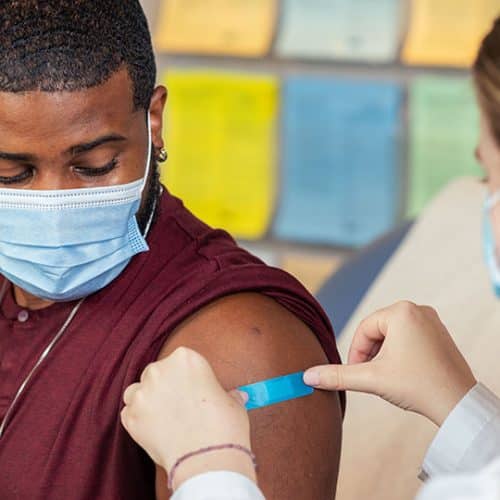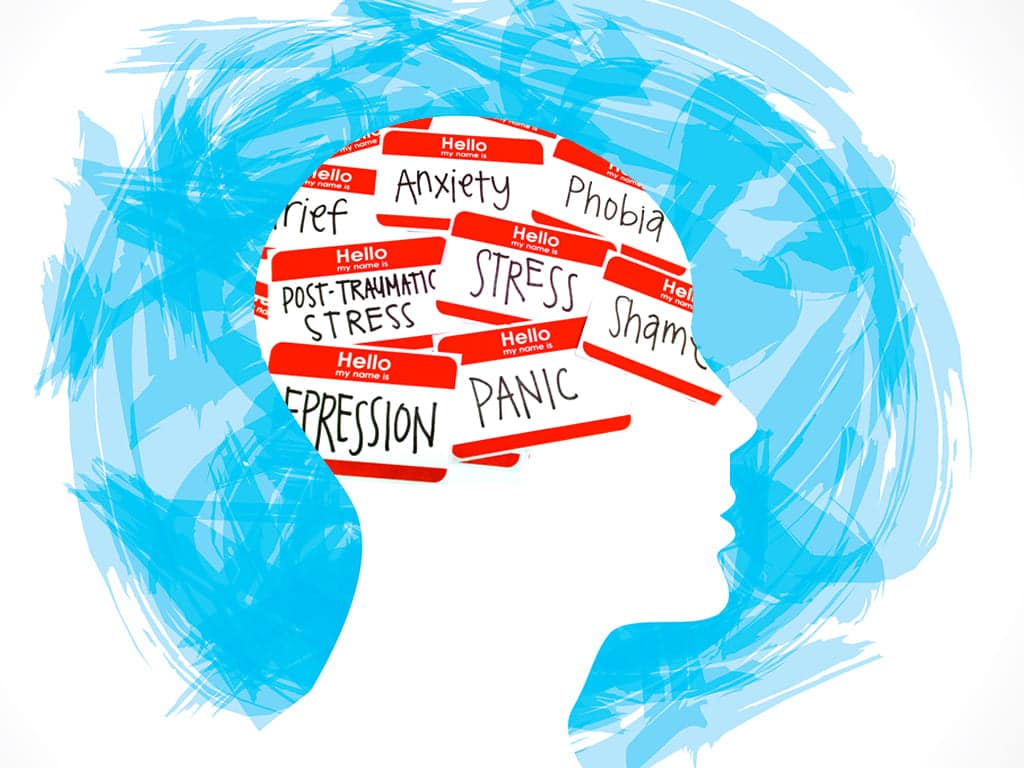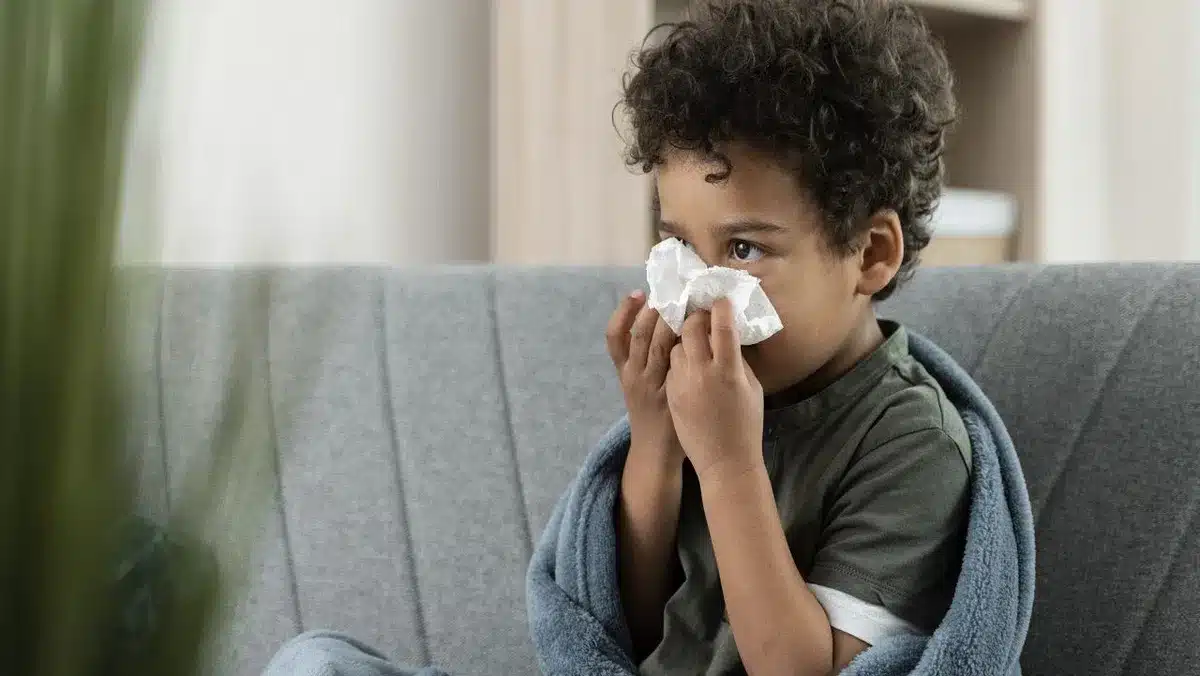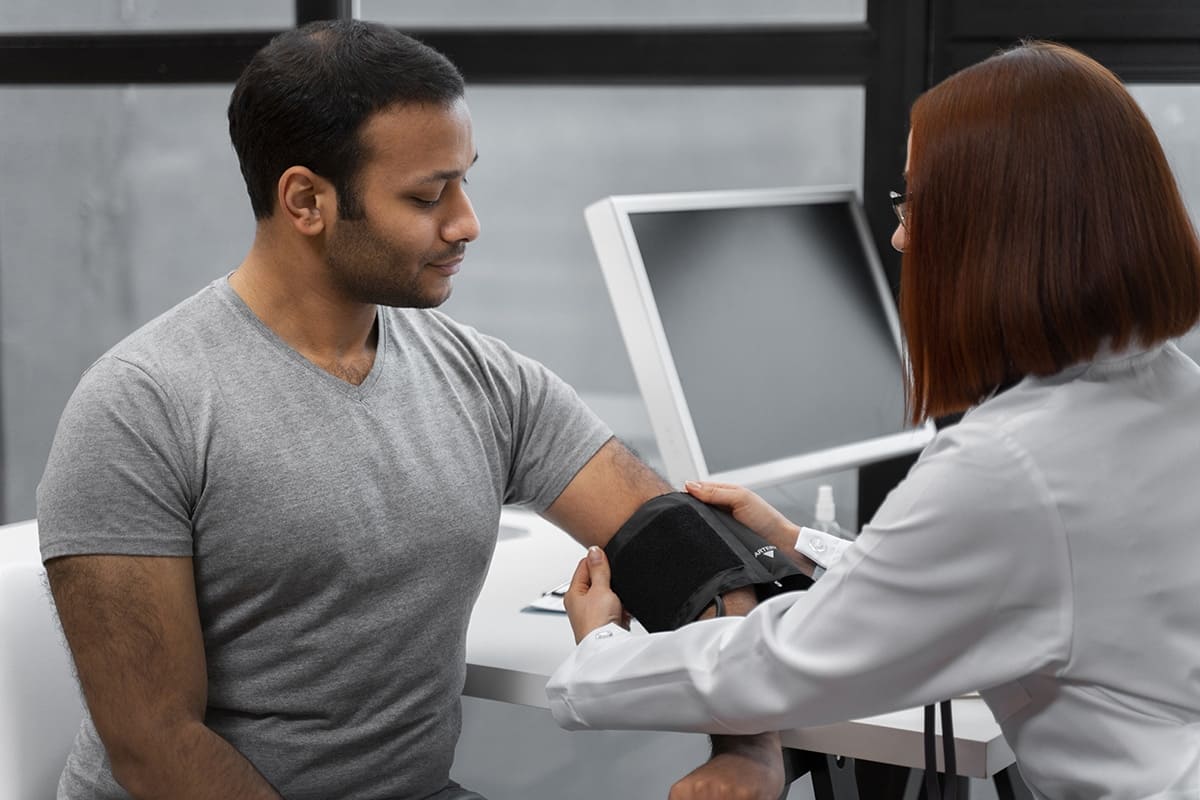Strep Throat Season: When to See a Doctor
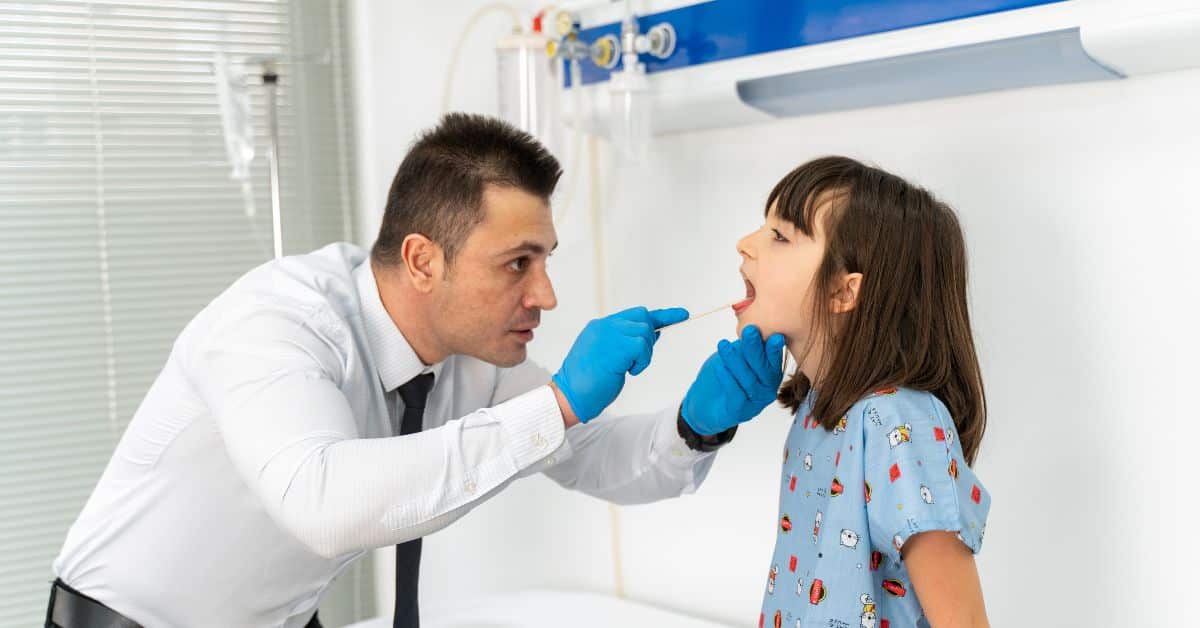
As the school year kicks into full swing and the weather starts to cool, many households notice the same familiar pattern: sore throats spreading quickly among kids, coworkers, and families. While a scratchy throat is often just part of the common cold, sometimes it points to something more serious — strep throat.
Strep throat is a common bacterial infection that tends to rise in the fall and winter months, when people are spending more time indoors in close contact. Knowing how to recognize strep throat, when to treat it at home, and when to see a doctor can save you days of discomfort and help protect those around you.
In this post, we’ll break down what strep throat is, its signs and symptoms, why it’s more common during certain seasons, and how to know when it’s time to make an appointment with a healthcare provider.
What Is Strep Throat?
Strep throat is caused by a bacteria called Group A Streptococcus (often shortened to “Group A Strep”). Unlike a sore throat caused by a viral infection (such as a cold or flu), strep throat needs medical treatment with antibiotics to resolve fully.
When untreated, strep can spread to others and, in rare cases, lead to more serious complications like rheumatic fever or kidney inflammation. That’s why identifying strep and starting the right treatment quickly is important — both for your recovery and for protecting your community.
Why Fall and Winter Are “Strep Season”
While strep throat can strike at any time of year, it tends to be more common in the cooler months. Several factors explain this seasonal pattern:
- Indoor crowding: Schools are back in session, offices are busier, and people spend more time indoors where germs spread easily.
- Dry air: Heated indoor environments can dry out the throat and make it more vulnerable to infection.
- Weakened immunity: The shift in seasons, less sunlight (and therefore less vitamin D), and changes in sleep schedules can all make our immune systems less resilient.
These factors create the perfect environment for strep bacteria to move quickly through classrooms, households, and workplaces.
Common Signs and Symptoms of Strep
The tricky part about strep throat is that many of its symptoms overlap with those of a cold or flu. Still, there are some hallmark signs that point more strongly toward strep:
- Sudden, severe sore throat that feels worse than the average cold.
- Painful swallowing that makes eating or even drinking water uncomfortable.
- Fever, often 100.4°F (38°C) or higher.
- Red, swollen tonsils, sometimes with white patches or streaks of pus.
- Tiny red spots on the roof of the mouth (called petechiae).
- Swollen lymph nodes in the neck that feel tender to the touch.
Unlike colds, strep throat usually does not cause a cough, runny nose, hoarseness, or pink eye. If those symptoms are present, it’s more likely you’re dealing with a viral infection.
When to See a Doctor
Because strep can only be confirmed with a test, the safest option is to visit a healthcare provider whenever you notice the following:
- A sore throat with fever that lasts longer than 24–48 hours.
- Severe throat pain that appears suddenly.
- Swollen lymph nodes in your neck.
- Exposure to someone who tested positive for strep.
- Children who are refusing food or water due to pain when swallowing.
If you’re unsure, it’s always reasonable to err on the side of caution. At All Day Medical Care, we can perform a rapid strep test in the office. Results are usually ready within minutes. In some cases, a throat culture may be done for confirmation.
How Strep Is Diagnosed and Treated
Diagnosis:
The most common method is a rapid antigen test, which involves swabbing the back of the throat. If the test is positive, treatment begins right away. If the test is negative but suspicion remains high, your provider may order a throat culture for more accurate results.
Treatment:
If you test positive, your doctor will prescribe antibiotics, typically penicillin or amoxicillin. It’s important to take the full course of antibiotics, even if you start feeling better within a couple of days, to fully clear the infection and prevent complications.
Symptom relief:
Along with antibiotics, home remedies can help:
- Warm saltwater gargles to soothe the throat.
- Over-the-counter pain relievers (acetaminophen or ibuprofen) as directed.
- Drinking plenty of fluids to prevent dehydration.
- Resting your voice and body.
Home Care for Mild Sore Throats
Not every sore throat requires a trip to urgent care. If your sore throat is mild and accompanied by a cough, runny nose, or congestion, it’s more likely a viral cold. In that case, supportive care at home is usually enough:
- Rest and fluids.
- Lozenges or honey (for children over one year).
- Humidifier or steam inhalation to ease dryness.
- Warm teas or broths to soothe irritation.
If symptoms improve within a few days, there’s usually no need for medical treatment.
Preventing Strep Throat
The same strategies that help prevent colds and flu also reduce the spread of strep:
- Wash hands frequently with soap and water.
- Cover coughs and sneezes with a tissue or elbow.
- Avoid sharing utensils, drinks, or personal items.
- Stay home when sick to avoid spreading germs.
- Encourage children to practice good hygiene at school and daycare.
Replacing your toothbrush after 24–48 hours on antibiotics can also help prevent reinfection.
When It’s an Emergency
Although rare, strep can sometimes lead to complications. Seek urgent care right away if you or your child experience:
- Trouble breathing or swallowing.
- Drooling (in young children, this can indicate severe throat swelling).
- Severe neck pain or swelling.
- Rash with fever (possible scarlet fever).
- High fever that isn’t improving.
These may be signs of a more serious infection that needs immediate medical attention.
The Bottom Line
A sore throat can feel like a small problem, but during strep season it’s worth paying close attention. While many sore throats are viral and heal on their own, strep throat requires medical testing and antibiotics. Recognizing the difference, seeking care at the right time, and following through with treatment are the keys to a fast recovery and keeping your community healthy.
If you’re in the Gaithersburg area and suspect strep, don’t wait it out. Our team at All Day Medical Care offers same-day urgent care visits and rapid testing so you can get relief and peace of mind quickly.
Ready to book? Walk in today, schedule online, or call us at (301) 330-0006.

